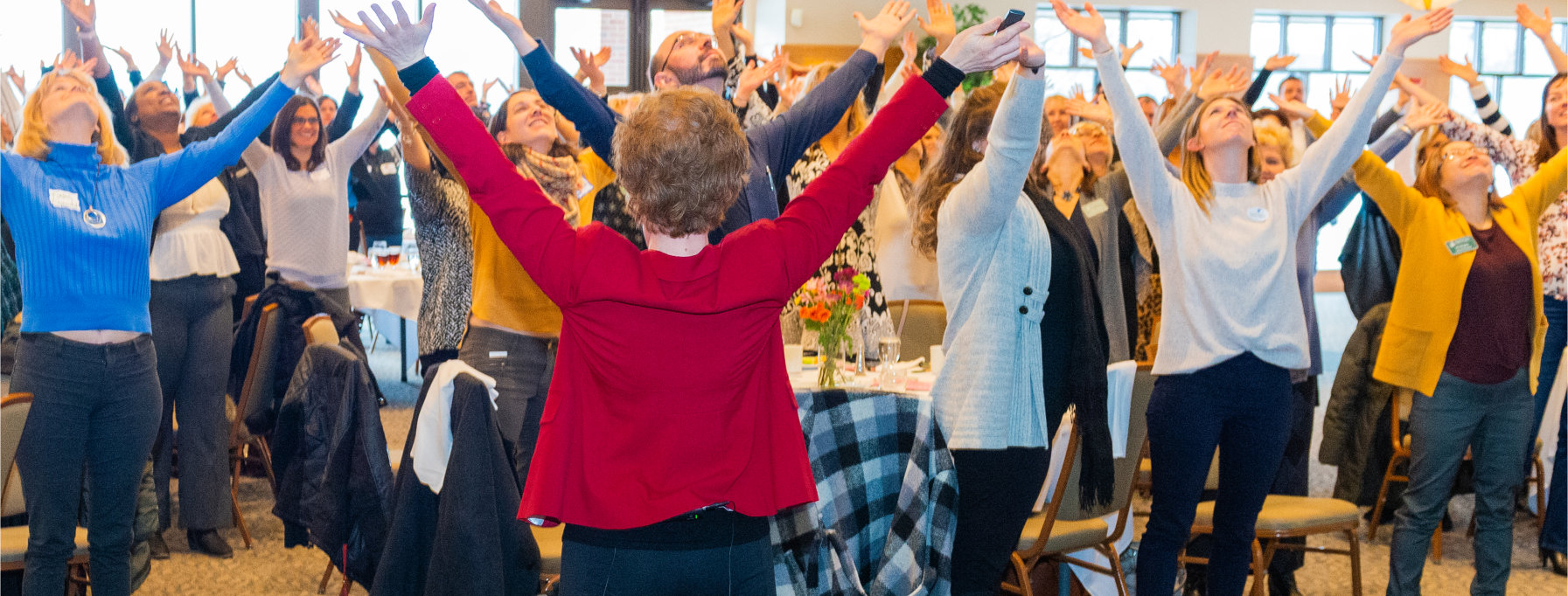How Can We Help?
Happiness and Steps for Living a Happy Life

I send most of my body language and intuition tips via v-mail (short videos delivered to your inbox).
Scientists once thought happiness was almost completely hereditary (innate) but they’ve discovered that it’s not! We can have control over our own emotional well-being.
Happiness is Learned
You can increase your level of happiness; happiness is under your control! Shawn Anchor outlines nine steps for living a happy life in The Happiness Advantage. I don’t want you to get stressed out while you’re trying to be happy. Start by practicing one of the behaviors described below. Bookmark this page and put a reminder in your calendar to come back to this page every month and add another behavior. Let me know which you like the best!
#1: Meditate for Happiness
Meditate for ten minutes in the morning. Studies show that in the minutes right after meditating, we experience feelings of calm and contentment, as well as heightened awareness and empathy. And, research even shows that regular meditation can permanently rewire the brain to raise levels of happiness, lower stress, even improve immune function.
There are many ways to meditate. My favorite is to sit in the same location every morning, close my eyes, and pay attention to my breathing for ten minutes. I keep a piece of paper and a pen by my side and after the ten minutes I sit for an addition two to five minutes and write down my to-dos for the day.
#2: Anticipate Future Rewards
Think of something you are looking forward to; imagine it. One study found that people who just thought about watching their favorite funny movie raised their endorphin levels by 27 percent!
#3: Commit Conscious Acts of Kindness
Commit five acts of kindness every day. Here are just a few suggestions:
- Hold the door open for someone
- Let someone in in front of you when you’re driving
- Pay the road toll of the person behind you
- Pick up litter and put it in the garbage can
- Pay for a coffee for the person behind you in the drive-through
- After you wash your hands in a public washroom, take the paper hand towel and wipe the counter
- Give someone encouragement
- Give someone a genuine smile
- Bring the stranded grocery cart into the store
#4: Make Your Surroundings Positive
Change your surroundings to enhance positive emotions.
- Make time to go outside on a nice day
- Put up pictures of loved ones at your workplace
- Limit the amount of television you watch
Go outside!
Keller, Fredrickson, et al. found that spending 20 minutes outside in good weather not only boosted positive mood, but broadened thinking and improved working memory.
Watch less television!
Gerber, Gross, et al. found that people who watch less television are more accurate judges of life’s risks and rewards than those who subject themselves to the tales of crime, tragedy, and death that appear night after night on the news.
#5: Get Physical
Physical activity improves mood, motivation, and feelings of mastery while it reduces stress and anxiety. What physical activity do you like? Walk, bike, hike, run, dance, stretch, yoga, jump rope?
#6: Spend Money on Experiences
Robert Frank explains that while the positive feelings we get from material object are fleeting, spending money on experiences, especially ones with other people, produces positive emotions that are both more meaningful and more lasting.
Spending money on other people also boosts happiness. This brings us back to #3: Commit Conscious Acts of Kindness
#7: Express Your Strengths
What are you good at? Each time we use a talent, we experience a boost of positivity.
What are your character strengths? Research has shown that the more you use your signature character strengths in daily life, the happier you become.
If you fill out the questionnaire on www.viasurvey.org they will rank your strengths. Here are some examples:
- Spirituality
- Honesty
- Self-regulation
- Kindness
- Love
- Creativity
- Curiosity
- Fairness
- Leadership
- Forgiveness
- Humor
- Love of learning
- Perspective
- Social intelligence
- Appreciation of beauty and excellence
- Bravery
- Gratitude
- Judgement
- Prudence
- Zest
- Hope
- Perseverance
- Teamwork
- Humility
#8: Gratitude
Write down three things you are grateful for every day. This trains the brain to look for positive aspects and changes your outlook on life.
How to get into the habit:
- Keep a pad and paper by your bed and write them when you first wake up
- Set a daily calendar reminder (at the same time) and do it as soon as the reminder pops up
- Say three things you’re grateful for at the dinner table with your family
#9: Spread Happiness
Positive emotions are contagious! Positive emotional contagion starts when people subconsciously mimic the body language, voice tone, and facial expressions of those around them. When they mimic positive emotions, they start to feel the emotions.
There is significant evidence that changing your facial expression and posture can dictate emotional change. Sign up for our Fundamentals of Body Language webinar series.
Become a happy person and spread happiness!





